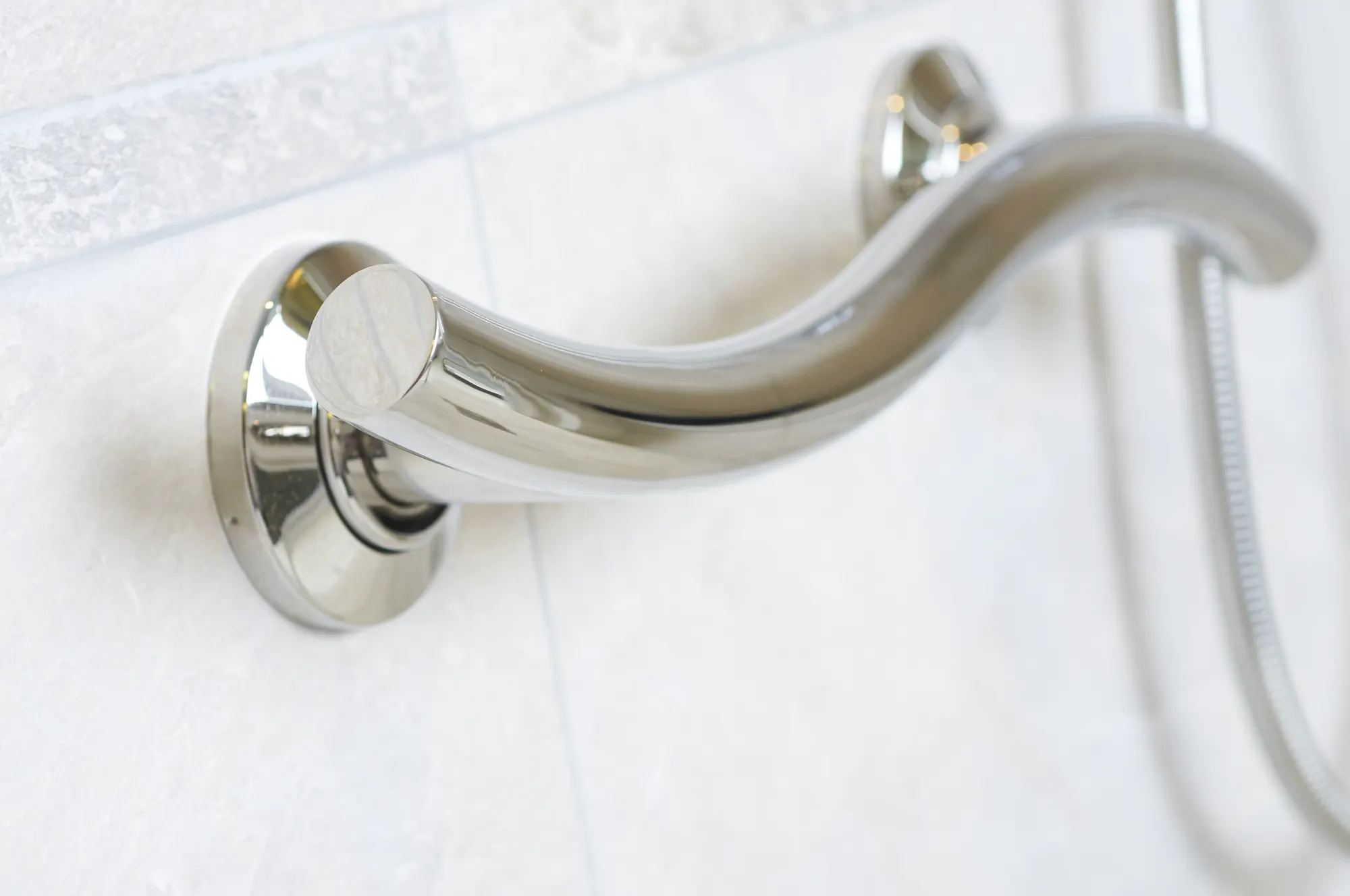Grab bars are an essential tool for providing support and stability to individuals with mobility issues or disabilities. They are commonly found in different environments, such as homes, hospitals, public restrooms, schools, and gyms. The purpose of this article is to explore the importance of grab bars in different environments, the types of grab bars used in each environment, and where they should be installed.
Grab Bars for Homes
For seniors and individuals with disabilities, a home can be a challenging environment to navigate. The risk of falls and accidents is high, especially in areas such as bathrooms and stairs. Grab bars in homes are used to provide support and balance, which reduces the risk of falls and promotes independence. There are different types of grab bars used in homes, including wall-mounted grab bars, floor-to-ceiling grab bars, die casting grab bars and barsand suction cup grab bars.
Wall-mounted grab bars are the most common and are usually installed in the bathroom near the shower, bathtub, and toilet. Floor-to-ceiling grab bars are used in areas where wall-mounted grab bars cannot be installed, such as in open spaces or in a room with no walls. Suction cup grab bars are portable and can be moved around as needed. In a home setting, grab bars should be installed in areas where the individual may need support or stability, such as the bathroom, stairs, and hallways.
Grab Bars for Public Restrooms
Public restrooms can be challenging environments for individuals with disabilities or mobility issues. Grab bars in public restrooms are essential for providing support and balance, which reduces the risk of falls and accidents. The types of grab bars used in public restrooms are usually wall-mounted grab bars, floor-mounted grab bars, and swing-up grab bars. Wall-mounted grab bars are the most common and are installed next to the toilet and the sink.
Floor-mounted grab bars are used in areas where wall-mounted grab bars cannot be installed. Swing-up grab bars are commonly used in wheelchair accessible stalls and can be folded away when not in use. In a public restroom setting, grab bars should be installed in areas where they are easily accessible and provide the most support.
Grab Bars for Hospitals
Hospitals are busy environments, and the risk of falls and accidents is high. Grab bars in hospitals are used to provide support and stability for patients and staff, which reduces the risk of falls and promotes safety. The types of grab bars used in hospitals are usually wall-mounted grab bars, floor-mounted grab bars, and overhead grab bars.
Wall-mounted grab bars are the most common and are installed near the toilet, shower, and bed. Floor-mounted grab bars are used in areas where wall-mounted grab bars cannot be installed, such as in open spaces or in a room with no walls. Overhead grab bars are used in areas such as operating rooms and therapy rooms, where patients may need support while standing or walking.
In a hospital setting, grab bars should be installed in areas where patients and staff are likely to need support, such as near beds, toilets, and showers.
Grab Bars for Schools
Schools are responsible for the safety and well-being of their students, including those with disabilities or mobility issues. Grab bars in schools are used to provide support and stability, which reduces the risk of falls and accidents. The types of grab bars used in schools are usually wall-mounted grab bars and floor-mounted grab bars.
Wall-mounted grab bars are installed near the toilet and sink in restrooms and in hallways where students may need support. Floor-mounted grab bars are used in areas where wall-mounted grab bars cannot be installed, such as in open spaces or in a room with no walls. In a school setting, grab bars should be installed in areas where students are likely to need support, such as in restrooms, hallways, and other areas where they may require assistance.
Grab Bars for Gyms and Fitness Centers
Gyms and fitness centers can be challenging environments for individuals with mobility issues or disabilities. Grab bars in gyms and fitness centers are essential for providing support and stability, which reduces the risk of falls and accidents.
The types of grab bars used in these environments are usually wall-mounted grab bars, floor-mounted grab bars, and overhead grab bars. Wall-mounted grab bars are installed near exercise machines, weight benches, and stretching areas. Floor-mounted grab bars are used in open spaces or in areas where wall-mounted grab bars cannot be installed.
Overhead grab bars are used in areas such as pools, where individuals may need support while swimming. In a gym or fitness center setting, grab bars should be installed in areas where individuals are likely to need support, such as near exercise equipment, weight benches, and stretching areas.
Conclusion
In conclusion, grab bars are essential tools for providing support and stability to individuals with mobility issues or disabilities. They are commonly found in different environments, including homes, hospitals, public restrooms, schools, and gyms. The types of grab bars used in each environment may vary depending on the location and the specific needs of the individual.
Grab bars should be installed in areas where individuals may need support or stability, such as near toilets, showers, exercise equipment, and weight benches. It is important to prioritize the installation of grab bars in all environments to promote safety, independence, and well-being for individuals with mobility issues or disabilities.








